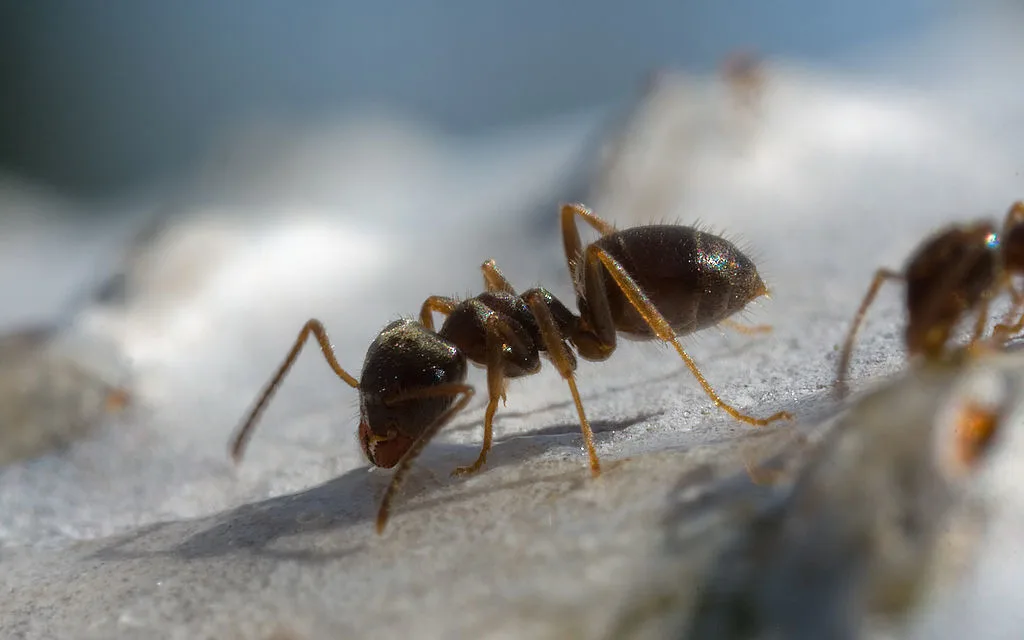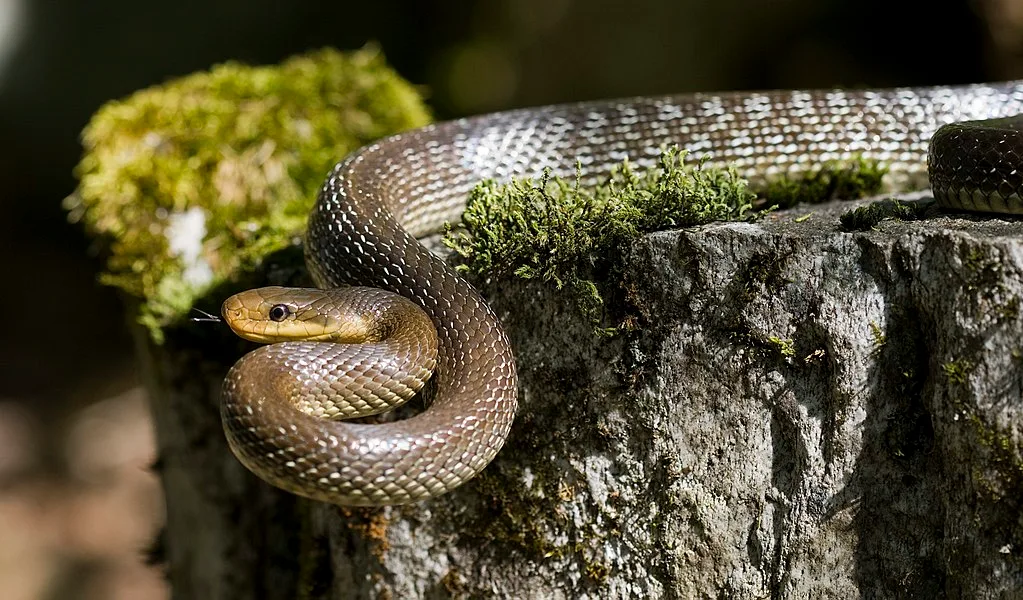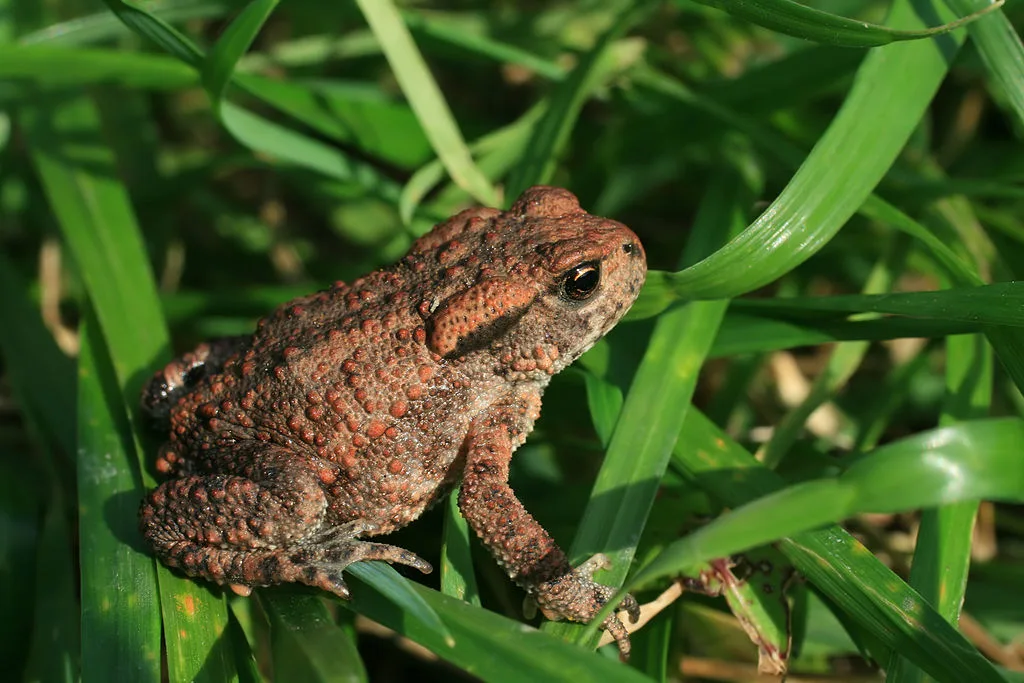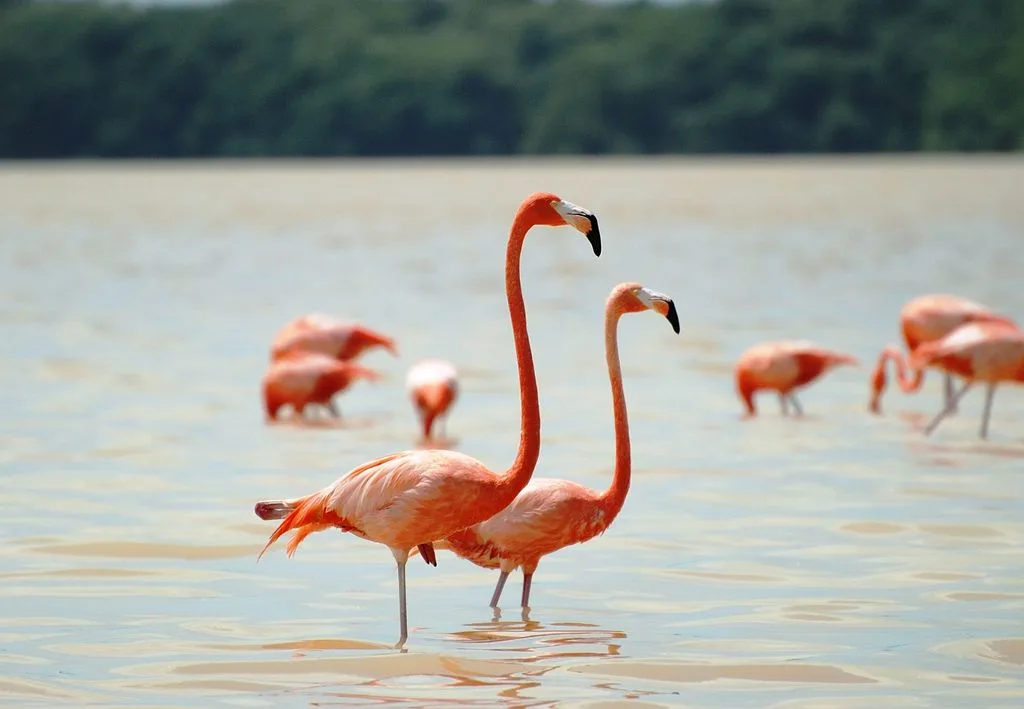
Five animals that can (supposedly) predict quakes
Can these denizens of nature warn us about quakes? Science says 'maybe.'
While scientists are well versed in what parts of our planet are earthquake-prone, specific earthquakes are all but impossible to predict.
That kind of uncertainty has led to humans ascribing the knack for earthquake prediction to a number of different events or even specific kinds of animals -- with some actually (somewhat) backed up somewhat by science.
SEE ALSO: Unresponsive, frozen cat saved by caring vets
Here are five who supposedly have that power, and what the science says about each.
ANTS
You’ve already heard of any number of creepy-crawlies that supposedly react to oncoming quakes, but ants only started making the list in 2013.

Image: Richard Bartz/Wikimedia Commons.
That’s probably because they’re apparently only able to anticipate earthquakes of Magnitude 2.0 or greater – so low on the scale many humans would barely feel them.
A three-year study of ants in Germany found that before an earthquake, the ants would all leave their mounds, even at night. That raised scientists’ eyebrows, as ants aren’t nocturnal, and being outside after dark exposed them to predators. Nevertheless, outside they stayed, apparently out of fear the tremors would collapse their burrows.
The researchers, from Germany’s University of Duisberg-Essen, identified around 15,000 ant mounds along Germany’s quake-prone faults, and tracked some of them 24/7.
As for how the insects know a tremor is coming, the researchers believe it’s something to do with ants’ ability to sense changes in carbon dioxide levels and Earth’s magnetic field.
"We're not sure why or how they react to the possible stimuli, but we're planning on going to a more tectonically active region and see if ants react to larger earthquakes," researcher Gabriele Berberich told a 2013 meeting of the European Geosciences Union, according to Wired.
SNAKES
In the lead up to February 4, 1975, people in and around the Chinese city of Haicheng, at the time home to more than a million people, noticed a lot of snakes leaving their burrows.

Image: Felix Reimann/Wikimedia Commons.
That wouldn’t unusual if not for the fact it was the middle of winter, with temperatures below zero not uncommon. Bereft of the huddled subterranean warmth that sustains snakes through the winter, the cold-blooded reptiles were dooming themselves.
Snakes have been believed to predict quakes since at least 373 B.C., when they were among the exodus of small animals from the Greek city of Kelike, before it was destroyed by a massive tsunami.
According to the popular account, it was enough to convince local officials, who ordered the evacuation of the city days before a Magnitude 7.3 tremor struck. Though more than a thousand people were killed, casualties could have been 150,000, according to later assessments.
The snakes’ behaviour actually sparked research into animal quake sensitivity by the United States Geological Survey, but the romantic notion of the little-loved beasts inadvertently warning humans may have been overplayed.
Subsequent reviews by the USGS say the authorities were more tipped off by a series of foreshocks than by the animal kingdom. The snakes were likely adapting to those, rather than the still-to-come main quake.
Still, the fact they’re able to detect even those tremors is something worth keeping in mind.
OARFISH
Oarfish are weird enough that it’s no surprise some cultures reckon they have super powers too.

Image: Leo Smith/Wikimedia commons
They can grow more than 5 m long, look like a large and sentient ribbon, have a scary (but harmless) face, and live deep enough that people know barely anything about them. Also, they’re believed to predict earthquakes.
It’s easy to see why. Live Science reports around 20 were found washed up in Japan before that country was devastated by a powerful quake in 2011. More were found in Japan coinciding with strong quakes in Chile and Taiwan in 2010.
People in California, constantly on the lookout for the Big One, must have been a little worried when not one, but two, of these otherwise rare creatures washed up on shore within days of each other in 2013.
Turns out it was the Japanese, yet again, who ought to have worried. Around two weeks after the first one was found, a Magnitude 7.3 quake struck Japan, although it didn’t cause major damage.
It all seems to point to a link – the trouble is, as the USGS points out, it’s likely coincidence. While oarfish, living as they do hundreds of metres beneath the waves, may be sensitive to deep-sea tremors, we just don’t know enough about them to be able to tell if they can actually put two and two together and anticipate much larger ones.
TOADS
If early warning is the goal, you may want to look to shallower waters – like the neighbourhood pond.

Image: Korall/Wikimedia Commons.
Scientists were studying the breeding habits of toads in Italy in 2009 when all the breeding pairs in their pond vanished. Three days later, the town of L’Aquila was rocked by a Magnitude 5.9 earthquake. More than 300 people were killed.
If the toads were anticipating the quake, they were remarkably prescient. Not only were they 74 km from the quake’s epicenter, they laid down no new spawn over the period from the initial quake until the end of the last aftershock.
The scientists believe they fled to higher ground to avoid the risk of rockslides, but as for what exactly tipped them off, they say they may have sensed charged particles or changes in gases. Whatever it was (that wasn’t the point of the original study), the researchers are sure they sensed SOMETHING.
Toads were also looked on as potential harbingers of the 2008 Sichuan quake in China. That earthquake registered Magnitude 7.9 and killed almost 70,000 people, the country’s deadliest quake in decades.
The Telegraph reports Chinese bloggers claimed thousands of toads swamped the streets of one village three days before the quake killed 2,000 people there.
We might want to stay away from those reports, however, as they seem to be anecdotal, unlike the L’Aquila observations, which happened during a scientific observation.
BIRDS
Like with other animals on this list, there’s a chance birds can give you a heads-up of an imminent quake. Just don’t expect a lot of warning time.
Before the Magnitude 5.8 earthquake that struck the U.S. East Coast in August of 2011, one zoo’s 64 flamingos suddenly huddled together in a group, while the zoo’s ducks fled into the water.

Image: Elelicht/Wikimedia Commons.
Flamingos in the wild seem more likely to flee altogether, as was observed in a wildlife sanctuary in India prior to the 2004 Boxing Day tsunami. In China, all the peacocks in one zoo supposedly screeched all at once.
Leaving aside the most glaring problem with these stories – they’re anecdotal and not currently proven by scientific study – the United States Geological Survey says there may in fact be evidence birds, and animals in general, can sense quakes
Specifically, animals’ heightened senses could sense a quake’s primary seismic wave, before a second, more powerful wave arrives.
If that’s true, that still won’t do you much good. According to the USGS, you’ll only really get a few seconds of warning, not the days or weeks other animals on this list “promise.”
The science behind animals and quakes still obviously has a LONG way to go beyond anecdotes and legends before it can be a useful tool. Until then, earthquakes remain the hardest natural disaster to predict.
FROM THE ARCHIVE: PUPPY PULLED ALIVE FROM RUBBLE TWO DAYS AFTER CENTRAL ITALY QUAKE
SOURCES: Weather Channel | Wired | BBC | National Geographic | Seismological Society of America | Live Science | Telegraph | I, Science | Salon | BBC | Telegraph |
